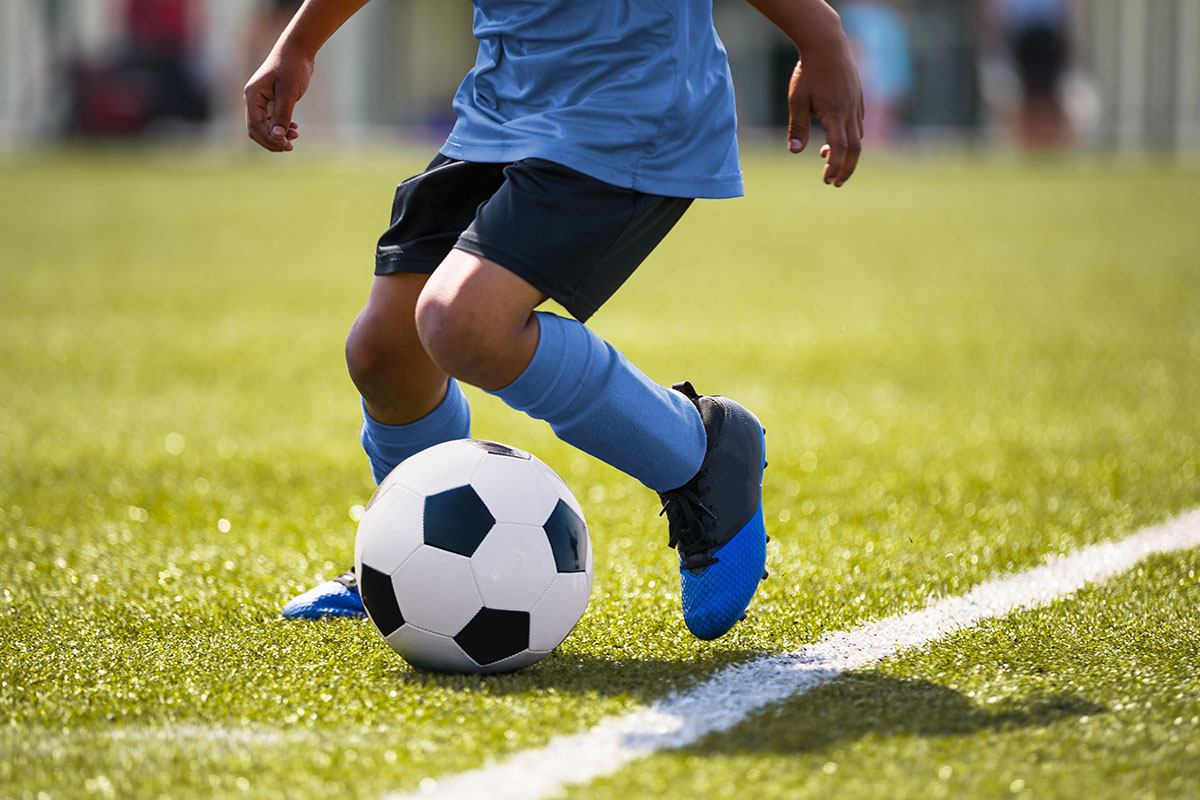-
Services
Featured Specialties
-
Locations
Location Type
-
Patients & Visitors
Published August 20, 2021

Young athletes can help prevent injuries by taking time to stretch before games. How kids stretch is just as important as remembering to do it in the first place.
Pediatric orthopedic surgeon Dominick Tuason, MD, says dynamic stretches like a walking lunge, help activate and stretch out key muscles groups.
“I think one of the common misconceptions about stretching is the best way to do it is in a static way,” Dr. Tuason said. “What is probably more effective is dynamic stretching where you’re activating the muscle and passively stretching the antagonist muscle group.”
In addition to dynamic stretches, Dr. Tuason recommends:
Even when kids stretch properly, acute and overuse injuries can happen. Dr. Tuason said the most common acute injuries he sees are ankle injuries (which often times end up being sprains) and knee injuries, such as anterior cruciate ligament (ACL) injuries.
Common overuse injuries can include conditions like Little leaguers elbow or shoulder, where baseball or softball players develop pain on the inside of their elbow, or outer part of the shoulder, near the growth plate. Other overuse injuries can happen in the knee for runners, or soccer and basketball players. If kids develop injuries, Dr. Tuason recommends:
If the injury does not improve after 24 hours, or if a child has trouble putting weight on an injured leg, parents should seek help from a professional. Pediatricians are great at helping to manage these types of injuries, but if additional care is needed, an orthopedic surgeon can help.